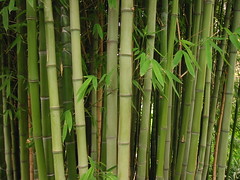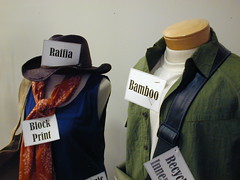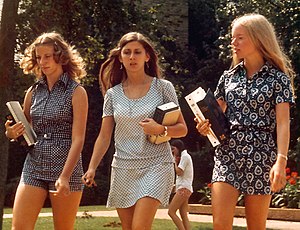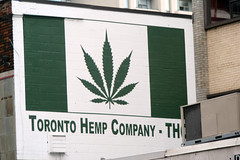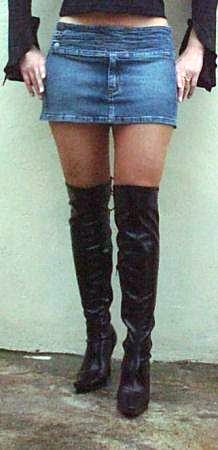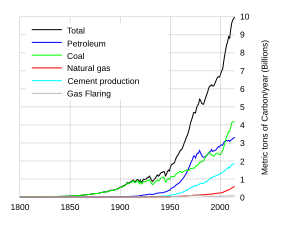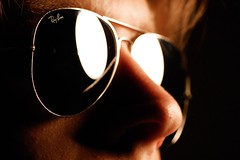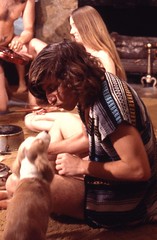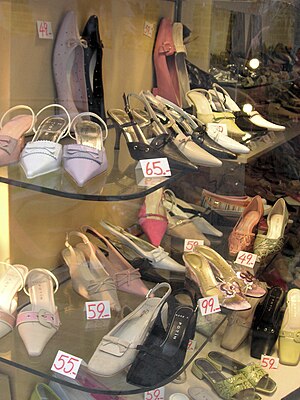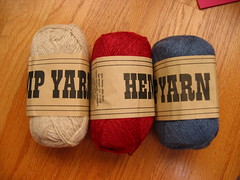 Image via Wikipedia
Image via WikipediaBy
Laurali Noteman
Jacob Youphes was born in Riga, Latvia in 1834. In 1854 he relocated to New York City, changed his name to Jacob W. Davis, and worked as a tailor. So began his American sojourn moving from city to city, finally returning to his true passion.
In 1856 he spent a short stint in San Francisco, California, continuing his trade as a tailor. In 1858 Davis relocated again in western Canada where he settled for a while, married and started his family. Davis went where he felt work could be found and left Canada in 1867.
He lived in various cities in the western United States trying his hand at many trades always returning to the trade he knew best, that of a tailor. Davis eventually settled in Reno, Nevada and began sewing fine clothing and manufacturing such useful items as tents and horse blankets of "cotton duck" fabric which he ordered from Levi Strauss & Co. located in San Francisco.
He was a approached in the 1870's, by a woman who was looking for a cheap pair of work pants for her husband who went through pants rather quickly. The major complaint from miners and general laborers was their pants would tear at the pockets and zippers and they had to continually replace their work clothes.
Jacob tried solving the problem by placing his copper rivets, like the ones he used on tents, at those vulnerable spots. Ah, this was a vast improvement, but the fabric was stiff and chafed the workers. It was hard enough putting in a full day mining, working cattle or in the fields without adding the discomfort of rubbing yourself raw with pants that would last as long as you did.
Loeb Strauss, at the age of 18, with his mother and two sisters moved to American after they were awarded permission by the Bavarian government in 1847. They arrived in New York where Loeb began working with his half brothers in their dry goods store. Strauss took on the task of the traveling salesman and changed his given name to Levi.
With the news of the California gold rush, the family decided to send Levi to San Francisco where he established the Levi Strauss & Company Store in March 1853. One of his most consistent customers was Jacob Davis who bought bolts of fabric including cotton duck.
When Davis got together with Strauss about the fabric problem Strauss had the answer. He first started purchasing the "serge de nimes" from France. Strauss imported and sold the fabric and Davis created the waist overalls. Soon serge de nimes became denims and waist overalls became denim blue jeans.
Davis wanted to patent his riveted blue jeans but didn't have the $68 to apply for the patent. He approached his supplier Levi Strauss who gladly established the partnership and provided the finances and business know how. On May 20, 1873 the team was given their patent.
As is often the case, the public came up with their own name and began calling the denim jeans "Levis". When Levis became the norm, for the Strauss/Davis work pants, they didn't hesitate to patent the Levi name as well.
When the Strauss's opened their New York plant, J. Strauss, Brother and Company, Levi asked Jacob to be their supervisor in 1876. The New York plant closed down after the death of Jonas Strauss nine years later. Davis continued to work with the Levi Strauss factory until his own death in 1908. His son, Simon Davis, succeeded his father for Levi Strauss & Co.
We all know Levis look and feel better wash after wash. But Joy Moffat understands that once your Levis or any other denim jeans have been washed, sewn, torn, mended, repaired and then replaced, they still have a great use. She recycles used and unwanted denims into totes and purses and they begin an entirely new journey.
With all that being said I want to share one of my cowboy poems, "Levis". I wrote this at that time of year, Dec. 31, when we look back at the holidays and think about the new resolutions we have to make. This was the story that rang true for me.
Levis
I have always envied cowgirls whose levis fit just right,
Showing curves and functionality, just a wee bit short of tight.
Levis must have 'nough give so you can throw across your cantle,
Otherwise you're reach falls short and you're hung there on your saddle.
I've struggled with my weight since I was 12 years old,
Have had to grab the sides of jeans with a strong and mighty hold.
Once you secure your grip and bounce least twice upon the floor,
You give a tug then zip a bit, then breath and bounce some more.
Now you find that things have settled so you take another grip,
Sweat has beaded on your brow as you bite your lower lip.
You finally have them up where the crotch now meets its goal,
You see the gap that still remains between button and buttonhole.
Ah then I spy the bed! The lure is hanging there.
I turn my backside towards it and lean into thin air.
I zip them up all the way, I know I'm near the end.
Well here's another problem, I can't seem to make the bend.
So I roll my shoulders to one side, my hips they follow suit,
As my sight wanders cross the floor I notice my left boot.
Life experience taught me a well laid plan is best,
My boots should have gone on first before I did the rest.
I hold my breath as I pull them on and my lips are turning blue,
I'm just 'bout ready now the dressin' part is through.
I swear I hear him groaning as I breach my gelding's sight,
I find my step and throw a leg and get an awful fright.
My pants must have shrunk a titch, there ain't no give to this here pair,
Because I kinda found a hitch and my stride stopped clean, midair.
Well I hang there just a minute while the gelding holds his ground
I cup an elbow about the horn and throw my leg around.
So now we're out and riding and my man asks "Want a drink?"
Nah, I answer nicely 'cause you know what I must think.
How can I get down off this horse for that moment of relief,
I think it is impossible, that is truly my own belief.
And now you surely realize that's what's changed our western wear,
New levis now are branded this here's a "relaxed fit" pair.
Learn about the author and Marky's Market proprietor, Laurali Noteman and our featured artist. Take a look and enjoy more artists and their work at
http://www.markysmarket.com under the Artist tab.
Article Source:
http://EzineArticles.com/?expert=Laurali_Noteman
http://EzineArticles.com/?Jacob-Youphes-and-Loeb-Strauss---The-Fathers-of-Levis&id=6349105
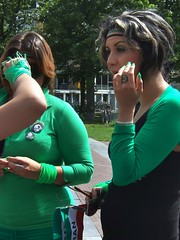 "Green" Clothing - Image by marjoleincc via FlickrBy Jordan Flask
"Green" Clothing - Image by marjoleincc via FlickrBy Jordan Flask






